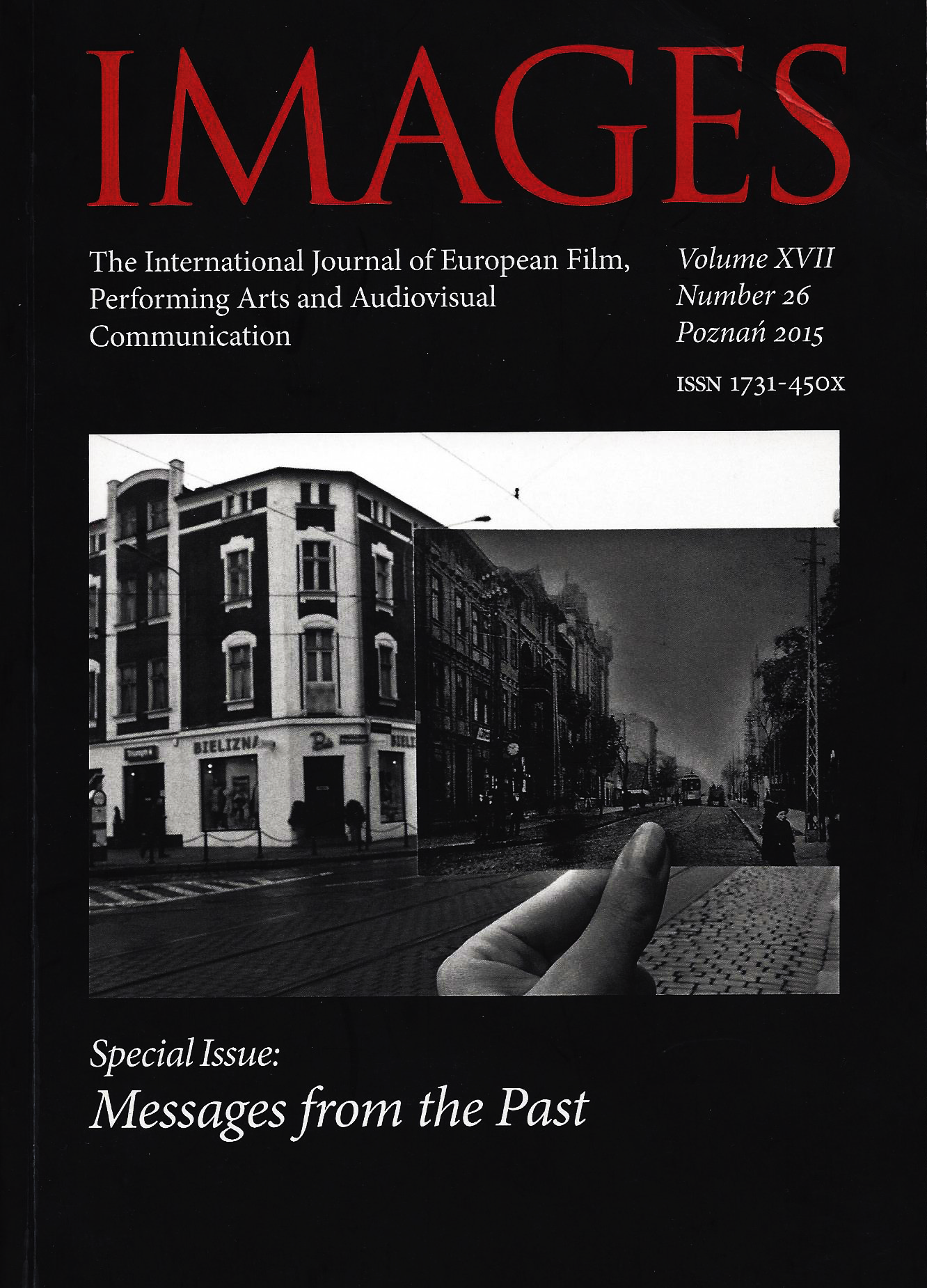Madryt malarski i Flmowy. O Duchach Goi Miloša Formana
Madrid on film and in painting. About Goya’s Ghosts by Milos Forman
Author(s): Krzysztof KozłowskiSubject(s): Visual Arts, Film / Cinema / Cinematography, Sociology of Art
Published by: Uniwersytet Adama Mickiewicza
Keywords: Francisco Goya; Forman; Goya’s Ghosts; Los Caprichos; Los desastres de la guerra; referentiality of Goya’s realism; art of freedom; Madryt in painting; Madryt in focus;
Summary/Abstract: If Milos’s Forman target in Amadeus was to present Mozart’s music as dramatis personae, then in Goya’s Ghosts everything revolves around the paintings of Goya, which he perceives in a way that is not based on the artist’s biography. He was far from wanting to direct a movie about Goya, as he cared solely about picturing the demons that were haunting the artist. His point of view on the works of this great Spaniard was one of widely understood referential that stemmed from his being convinced of the documental understanding of historical facts. This is noticable both in reference to Los Caprichos (1797-1798) and to Los desastres de la Guerra (1810-1820), but mostly it evinces itself in paintings crafted for the court and paintings that were created to document Spanish protest against the French occupants who had occupied Goya’s fatherland. It helped to integrate paintings showing Madrid and its surroundings into a flow of movie pictures, which determined the notability of Forman’s film, but it also led to the non-recognition of the agenda of freedom inscribed in Goya’s creations; the consequences were that Forman misread the painter’s intentions and interpreted both of the oeuvres too realistically – Los Caprichos and Los desastres de la guerra, not excluding such works as historical paintings and portraits. The summary includes remarks about visible transfer from formal art to informal art, from manor painting to the intronisation of “liberalism in art”.
Journal: Images. The International Journal of European Film, Performing Arts and Audiovisual Communication
- Issue Year: 12/2013
- Issue No: 21
- Page Range: 115-126
- Page Count: 12
- Language: Polish

